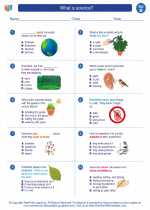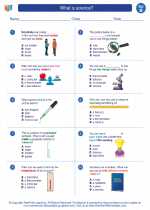Celestial Objects
Celestial objects are natural objects that exist in space, such as stars, planets, moons, asteroids, and comets. They are a fundamental part of the universe and play a crucial role in shaping the cosmos and influencing the Earth.
Types of Celestial Objects
There are several types of celestial objects, each with its own unique characteristics and properties:
- Stars: These are luminous celestial bodies that produce light and heat through nuclear reactions in their cores. They come in various sizes, colors, and temperatures.
- Planets: These are large celestial bodies that orbit a star and do not produce their own light. They can be rocky, like Earth, or gaseous, like Jupiter.
- Moons: Moons are natural satellites that orbit planets and are often accompanied by their own unique features, such as craters and volcanoes.
- Asteroids: These are small, rocky celestial bodies that orbit the Sun and are primarily found in the asteroid belt between Mars and Jupiter.
- Comets: Comets are icy celestial bodies that have a tail of gas and dust when they approach the Sun. They originate from the outer regions of the solar system.
Studying Celestial Objects
Studying celestial objects is an important area of scientific research, and it involves various methods and tools, such as telescopes, space probes, and satellites. Astronomers use these tools to observe celestial objects, gather data, and analyze their characteristics, compositions, and movements.
Key Concepts to Understand
When studying celestial objects, it's important to understand the following key concepts:
- Orbit: The path that a celestial object follows as it revolves around another object in space.
- Rotation: The spinning motion of a celestial object around its own axis.
- Gravity: The force that attracts celestial objects toward one another.
- Composition: The materials and elements that make up a celestial object, such as rock, metal, gas, or ice.
- Temperature: The degree of hotness or coldness of a celestial object, which can vary based on its distance from a star or its internal processes.
Observing Celestial Objects
One of the best ways to learn about celestial objects is through observation. Whether it's using a telescope to view distant stars or tracking the movements of planets across the night sky, observing celestial objects can provide valuable insights into their behaviors and characteristics.
Conclusion
Celestial objects are fascinating and diverse entities that enrich our understanding of the universe. By studying their properties and behaviors, scientists continue to unravel the mysteries of space and gain valuable knowledge about the cosmos.
Study Guide Questions
- What are celestial objects, and why are they important in the universe?
- List and describe the different types of celestial objects.
- How do astronomers study celestial objects, and what tools do they use?
- Explain the key concepts related to celestial objects, such as orbit, rotation, gravity, composition, and temperature.
- Why is observing celestial objects important, and what can it teach us about the universe?
◂Science Worksheets and Study Guides Second Grade. What is science?

 Worksheet/Answer key
Worksheet/Answer key
 Worksheet/Answer key
Worksheet/Answer key
 Worksheet/Answer key
Worksheet/Answer key
 Vocabulary/Answer key
Vocabulary/Answer key
